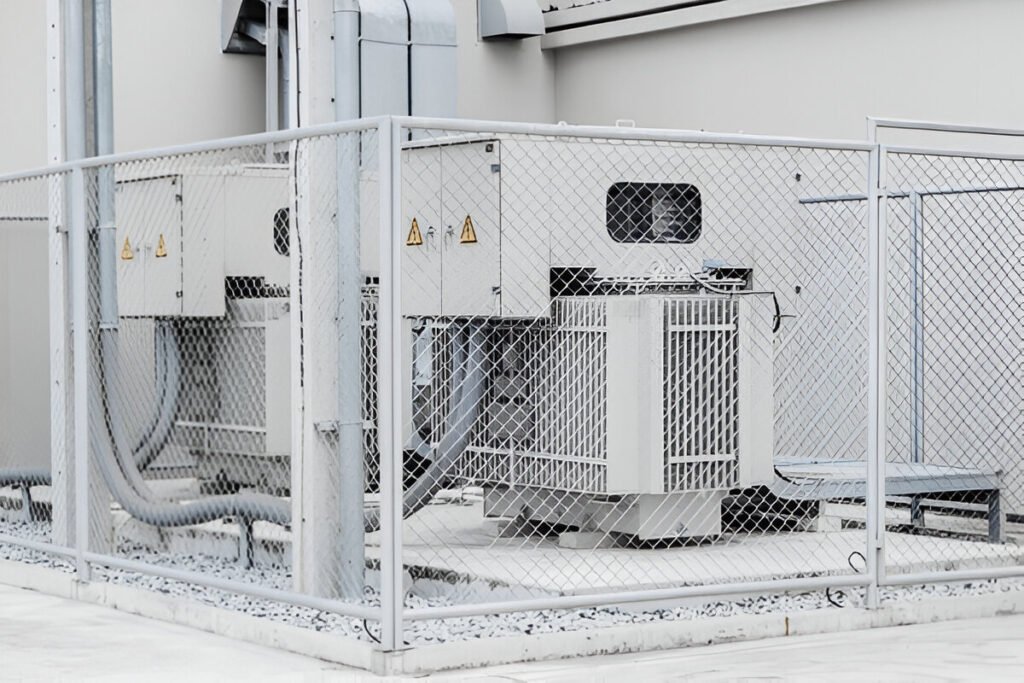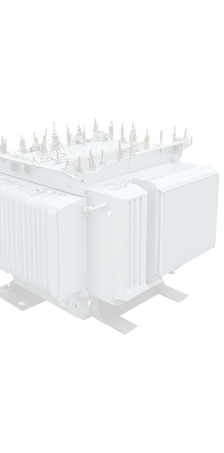In the world of electrical infrastructure, safety is non-negotiable—and when it comes to transformers, grounding is one of the most critical safety features. Whether you’re operating a commercial facility, utility station, or industrial plant, proper grounding protects people, equipment, and the entire electrical system from dangerous faults.
For those managing or installing transformers in California, grounding compliance is not just good practice—it’s a legal and operational necessity. In this article, we’ll explore why grounding matters, how it works, and what you need to know when selecting or maintaining a transformer.
What Is Transformer Grounding?
Grounding, in simple terms, is the process of connecting parts of an electrical system to the earth. For transformers, this typically involves grounding:
- The neutral point of the transformer
- The enclosure or tank of the transformer
- Secondary and primary windings (in certain configurations)
The purpose? To provide a low-resistance path for fault currents, preventing electrical shock, equipment damage, and fires.
Why Grounding Is Essential for Transformer Safety
1. Protects Human Life
If a transformer becomes energized due to insulation failure or lightning, grounding safely redirects the fault current to the earth, preventing electric shock hazards for anyone working nearby.
2. Prevents Equipment Damage
Ungrounded systems can experience dangerous overvoltages during faults. Proper grounding limits these voltages and protects sensitive components connected to the transformer.
3. Improves Fault Detection
Grounded systems allow protective devices like circuit breakers and fuses to detect faults quickly, isolate the affected part, and minimize disruption.
4. Enhances System Stability
In industrial or utility-scale systems, grounding contributes to stable voltage levels during operation, helping maintain performance under load fluctuations.
Grounding Practices for Transformers in California
California has specific electrical codes and safety regulations that govern how transformers must be grounded. These include compliance with:
- National Electrical Code (NEC)
- California Electrical Code (CEC)
- OSHA safety standards
- Local utility grounding requirements
Whether you’re purchasing new equipment or installing used transformers, grounding requirements should always be verified before energizing the unit.
Common Grounding Configurations
There are several ways to ground a transformer depending on the application and voltage class:
● Solid Grounding
Used for systems where rapid fault clearing is essential. It involves a direct connection between the neutral and ground.
● Resistance Grounding
Limits fault current by placing a resistor between the neutral and ground. Often used in industrial systems to reduce equipment stress.
● Reactance Grounding
Similar to resistance grounding but uses a reactor. This helps control arc flash energy during faults.
● Ungrounded Systems
Rarely used today due to safety concerns but may be found in older systems. Can allow for continued operation during a ground fault but poses higher risk.
If you’re dealing with older or surplus transformers in your facility, it’s critical to review grounding before reinstallation or reuse.
Key Considerations When Buying or Installing Transformers in California
When exploring transformers in California for your business or project, don’t overlook grounding configuration and compliance. Here’s what to look for:
- Manufacturer’s grounding recommendations
- Compatibility with local code
- Type of system grounding (Wye, Delta, etc.)
- Site-specific risks like lightning or seismic activity
At JJ Transformers, we help clients assess grounding compatibility when they’re looking to buy used transformers or replace aging equipment.
Can You Upgrade Grounding on Existing Transformers?
Yes! If you’re working with older equipment, grounding can often be retrofitted or upgraded:
- Add grounding terminals or grounding busbars
- Replace corroded grounding connections
- Test soil resistance and install additional ground rods
- Improve bonding between enclosures, tanks, and neutral points
Our expert team offers full transformer services to inspect, retrofit, and certify grounding systems for safe operation.
Selling Transformers with Faulty or Outdated Grounding?
If your transformer no longer meets safety or grounding standards, you may want to sell used transformers to recover value and upgrade to newer or compliant models.
We work with businesses across California who need to sell transformers or find reliable replacements with up-to-date safety features.
Why Work with Local Experts?
California’s climate, terrain, and strict codes make working with local experts essential. Whether you’re sourcing transformers in California or installing backup systems in a wildfire-prone zone, grounding must be tailored to the unique risks of your location.
At JJ Transformers, we understand the local regulatory landscape and offer tailored recommendations to ensure your systems are compliant, efficient, and safe.
Final Thoughts
Grounding is not just a box to check—it’s a critical safety feature that can protect lives, equipment, and operations. If you’re managing transformers in California, understanding and implementing proper grounding practices is essential for safety, reliability, and code compliance.
Whether you’re purchasing new, upgrading existing systems, or evaluating second hand transformers, grounding should always be a top priority.
Need help assessing grounding or choosing the right transformer for your site? Contact JJ Transformers today for expert guidance, safety checks, and a wide range of grounded, code-compliant transformers available across California.



